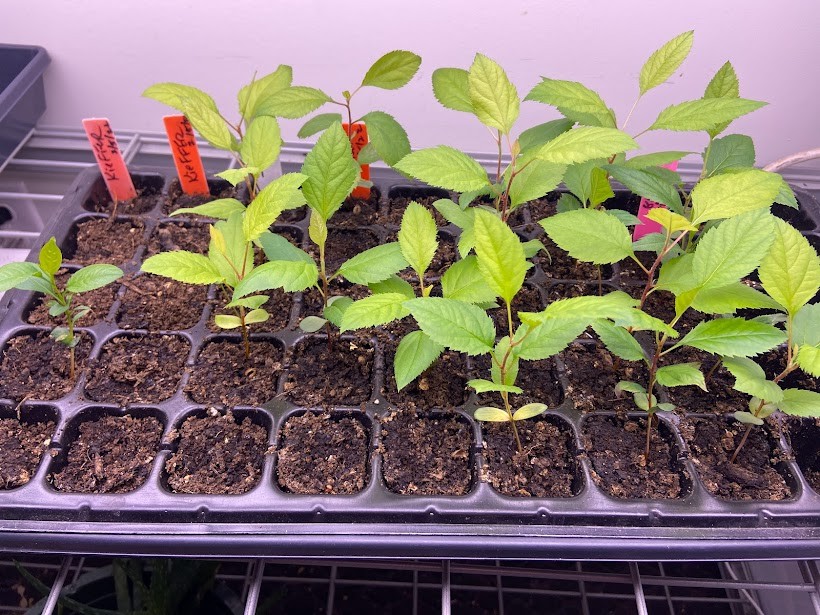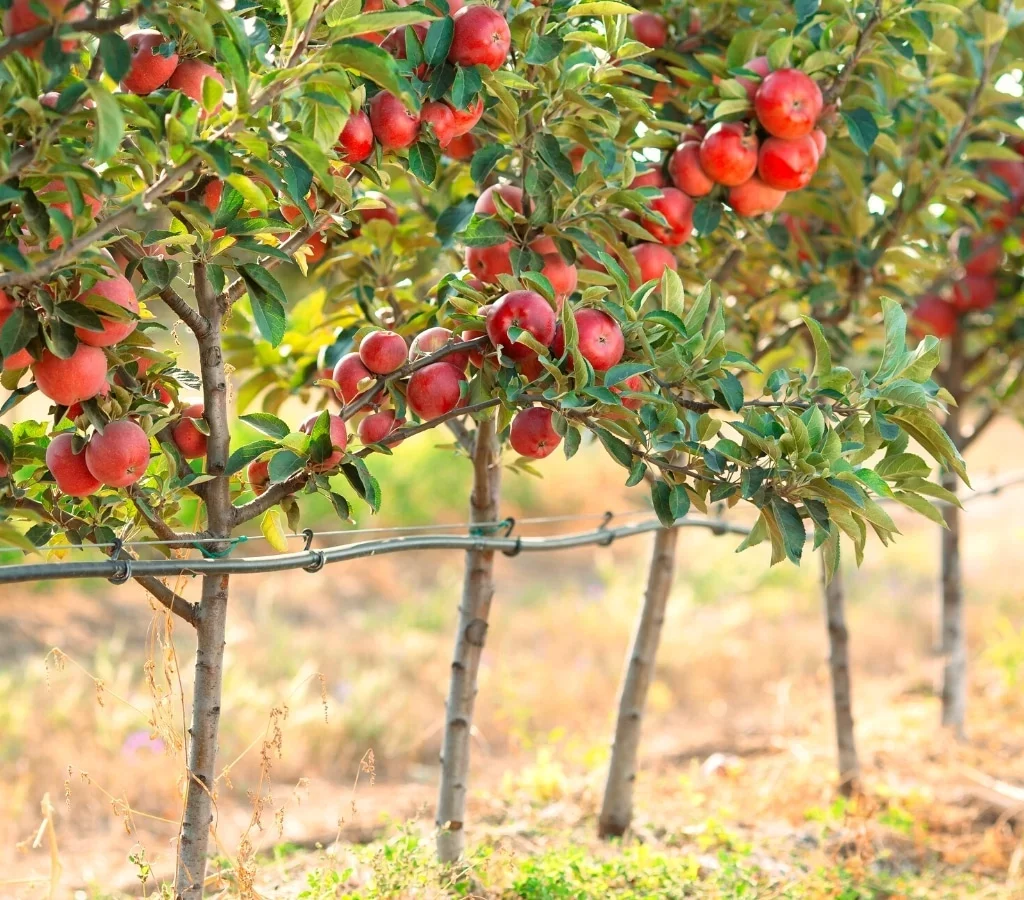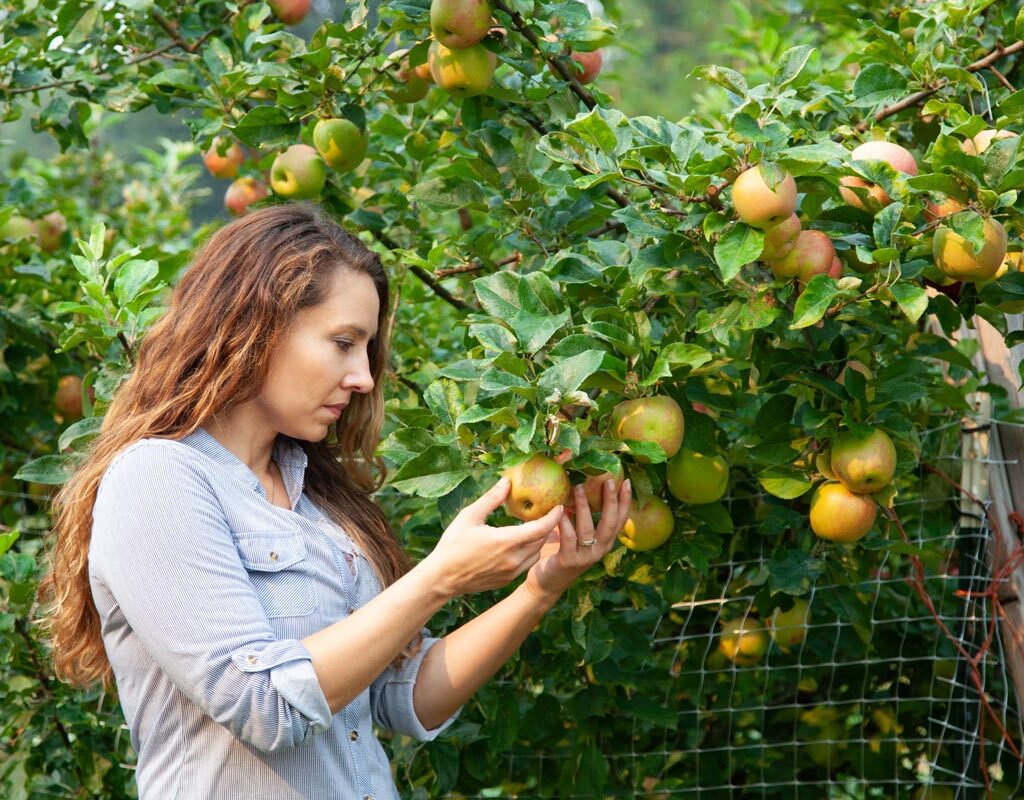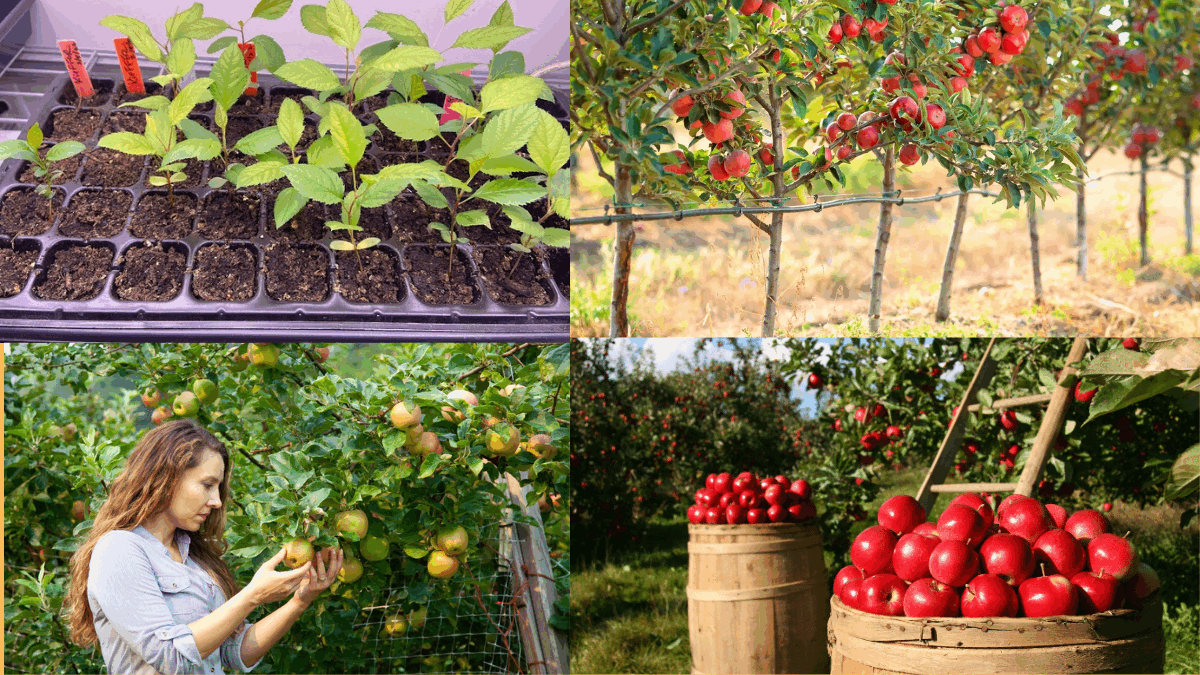Nothing tastes quite as satisfying as a crisp, sweet apple picked fresh from your own tree. Growing apples in your backyard orchard not only rewards you with fresh, organic fruit but also adds beauty, shade, and value to your landscape. Whether you have a small suburban yard or a larger property, it’s entirely possible to cultivate healthy, productive apple trees with the right planning and care.
In this detailed guide, we’ll walk you through everything you need to know about growing apples at home — from selecting the right variety to planting, pruning, and harvesting your very own apples.

Why Grow Apples in Your Backyard?
Before we dive into the how-to, let’s explore the reasons why backyard apple trees are worth your time:
- Fresh, organic fruit free from chemicals and preservatives.
- Save money on store-bought apples.
- Variety control — grow unique heirloom or specialty apples unavailable in stores.
- Beautiful spring blossoms that attract pollinators.
- Adds ornamental charm and shade to your garden.
- Fun and educational family project.
Now, let’s get started on how to make your backyard orchard dream a reality.
Step 1: Choosing the Right Apple Varieties
One of the most important decisions you’ll make is choosing the right type of apple tree. Not all apple trees grow well in every climate or soil condition. Also, different varieties produce different flavors, harvest times, and uses (eating fresh, baking, or making cider).
Consider Your USDA Hardiness Zone
Apple trees typically grow best in USDA zones 3-8. Before selecting a variety, find your hardiness zone to determine which types will thrive in your region.
Popular Apple Varieties for Backyard Orchards:
- Honeycrisp – Crisp, sweet-tart apples. Cold hardy.
- Gala – Sweet and juicy. Good for eating fresh.
- Granny Smith – Tart flavor, ideal for pies and baking.
- Fuji – Sweet, firm, excellent storage.
- McIntosh – Juicy with a tart flavor. Best for sauces and cider.
- Golden Delicious – Sweet and versatile.
Pro Tip: Most apple trees require cross-pollination with another compatible variety. Plant at least two different varieties with overlapping bloom times to ensure good fruit production.
Step 2: Preparing the Planting Site
Apple trees need plenty of sunlight and well-drained soil to thrive. Pick a location in your yard that receives at least 6-8 hours of full sun per day.
Ideal Soil Conditions:
- Slightly acidic to neutral pH (6.0–7.0)
- Well-drained loamy soil
- Avoid areas with heavy clay or poor drainage
- Keep trees away from large trees or structures that may shade them
Before planting, test your soil’s pH with a simple home test kit. If needed, amend your soil with organic matter, compost, or adjust pH using lime or sulfur.

Step 3: Planting Your Apple Trees
You can plant apple trees either in early spring or late fall when the tree is dormant.
Planting Process:
- Dig a hole twice as wide and as deep as the tree’s root ball.
- Loosen the soil at the bottom of the hole to encourage root penetration.
- Position the tree so the graft union (the bulge near the base of the trunk) sits 2–4 inches above the soil line.
- Backfill the hole with a mix of native soil and compost.
- Water thoroughly after planting.
- Add a 2-3 inch layer of mulch around the base, keeping it a few inches from the trunk to prevent rot.
Spacing Tip:
Standard apple trees need 20–30 feet of space between trees, while dwarf or semi-dwarf varieties require 8–15 feet.
Step 4: Watering and Feeding
Newly planted apple trees require regular watering to establish strong roots.
- Water deeply once a week for the first growing season.
- In hot, dry weather, increase to twice weekly.
- Mature trees typically need an inch of water per week through rainfall or irrigation.
Fertilizing:
Use a balanced fertilizer like 10-10-10 or a fertilizer specifically formulated for fruit trees. Apply in early spring before new growth appears, and again in late spring if necessary. Avoid over-fertilizing as it may promote excessive leaf growth at the expense of fruit production.

Step 5: Pruning for Shape and Health
Proper pruning is essential for healthy, productive apple trees. It improves air circulation, sunlight penetration, and encourages strong branch structure.
Pruning Tips:
- Prune during late winter or early spring when the tree is still dormant.
- Remove any dead, diseased, or crossing branches.
- Maintain an open-center or central leader shape depending on tree variety.
- Shorten overly vigorous branches to maintain a balanced shape.
Tools You’ll Need:
- Sharp pruning shears
- Loppers for thicker branches
- A pruning saw for large limbs
Step 6: Managing Pests and Diseases
Apple trees can be prone to pests and diseases like aphids, apple scab, fire blight, and codling moths.
Preventive Care:
- Keep the area around trees free of fallen fruit and leaves.
- Use disease-resistant apple varieties when possible.
- Apply dormant oil spray in late winter to control overwintering pests.
- Consider organic options like Neem oil or insecticidal soap.
Regularly inspect your trees for signs of trouble and act promptly.

Step 7: Pollination Essentials
Since most apple trees are not self-pollinating, planting two or more compatible varieties improves fruit yield.
Pollination Options:
- Plant two different apple varieties that bloom around the same time.
- Invite natural pollinators like bees by planting nectar-rich flowers nearby.
- If space is limited, consider grafting multiple varieties onto a single tree or growing a “family tree” with different varieties on one rootstock.
Step 8: Harvesting Your Apples
Patience pays off — most apple trees start bearing fruit 3–5 years after planting. Harvest time depends on the variety and local climate, typically from late summer to early fall.
How to Tell When Apples Are Ripe:
- The background color changes from green to yellowish or red.
- Apples come off the branch easily with a slight twist.
- Taste-test an apple for sweetness and texture.
- Seeds inside should be dark brown.
Storage Tip:
Store apples in a cool, humid environment. Some varieties like Fuji or Granny Smith can last for months in proper conditions.
Final Thoughts
Creating a backyard orchard filled with healthy, productive apple trees is a rewarding project that offers beauty, fresh fruit, and a deeper connection to nature. By choosing the right varieties, providing proper care, and keeping an eye on pests and diseases, you’ll be well on your way to harvesting crisp, homegrown apples for years to come.
Whether you want to enjoy them fresh off the tree, baked into pies, or made into homemade cider, there’s something truly special about growing your own apples. Start planting today and transform your backyard into a fruitful oasis!






Leave A Comment